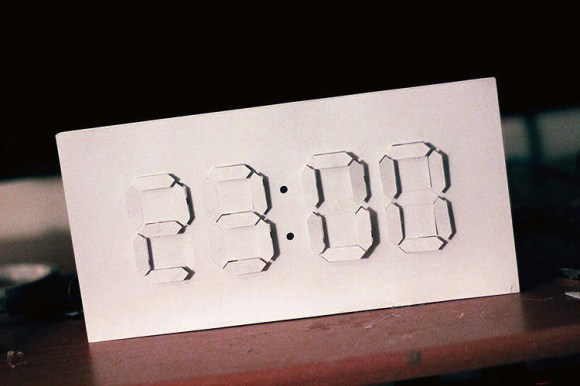[Dino] found something pretty cool at Walmart. It’s a USB Lighter; basically a car cigarette lighter that’s powered by a battery and charged via USB. A few bucks will buy you a battery, charge controller, and USB plug that will deliver over 2 amps at 3.7 Volts.
Speaking of battery chargers, here’s something from [Thomas]. He works in a hospital, and the IV pumps have a terrible charging circuit. After a few dozen chargers, they’ll give a battery error on the screen. They’re not bad, only unbalanced. [Thomas] made a simple rig with a Tenergy battery charger to rebalance the packs. No link, but here’s a pic. It beats paying $34 for a new battery pack.
Those Silhouette Cameo blade cutters don’t get enough respect. You can make vinyl stickers or an Arduino-themed pop up card.
Retroreflective spraypaint. Volvo has developed something called Lifepaint. It’s for bicycles and bicycle riders. Apparently, it’s clear when you spray it on, but if you shine a light on it – from a car’s headlight – it will reflect back. Any cool ideas here?
The Art of Electronics, 3rd edition, is finally out. Didn’t we hear about this a few months ago? Yes, we did. It’s shipping now, though, and there’s a sample. It’s chapter nine, voltage regulation and power conversion.
Ah, April Fool’s. I’m still proud of the Prince post, but there were some great ones this year. RS Components had Henry the Hover Drone, but we really like the protoboard with ground planes.
The market wasn’t always flooded with ARM dev boards. For a while the LeafLabs Maple was the big kid on the block. Now it’s reached end of life. If only there were a tree whose name ended in ~ino…












